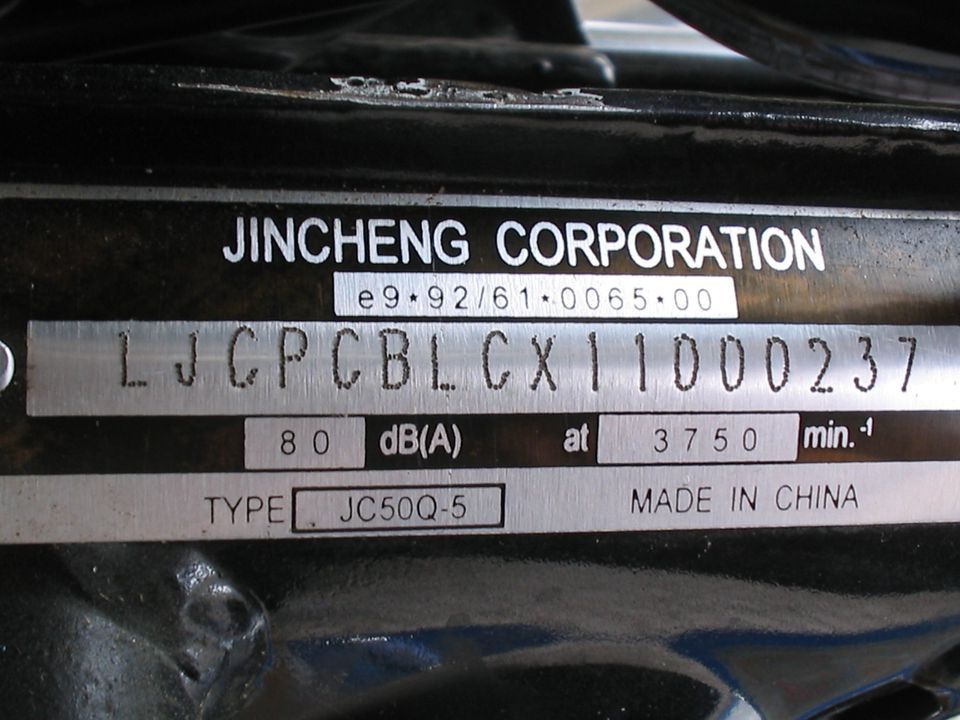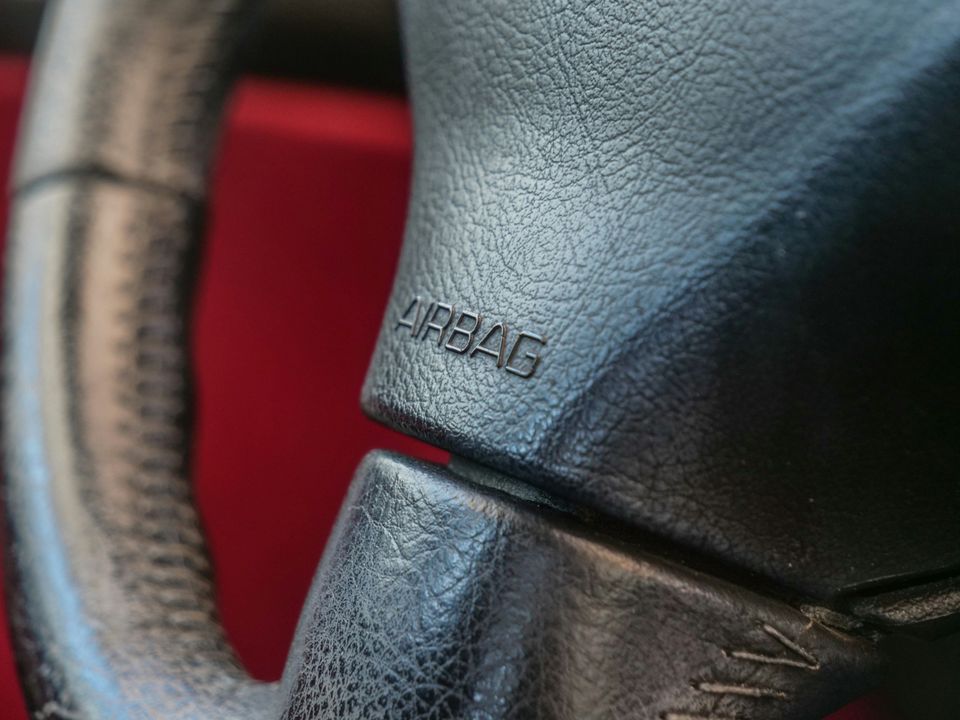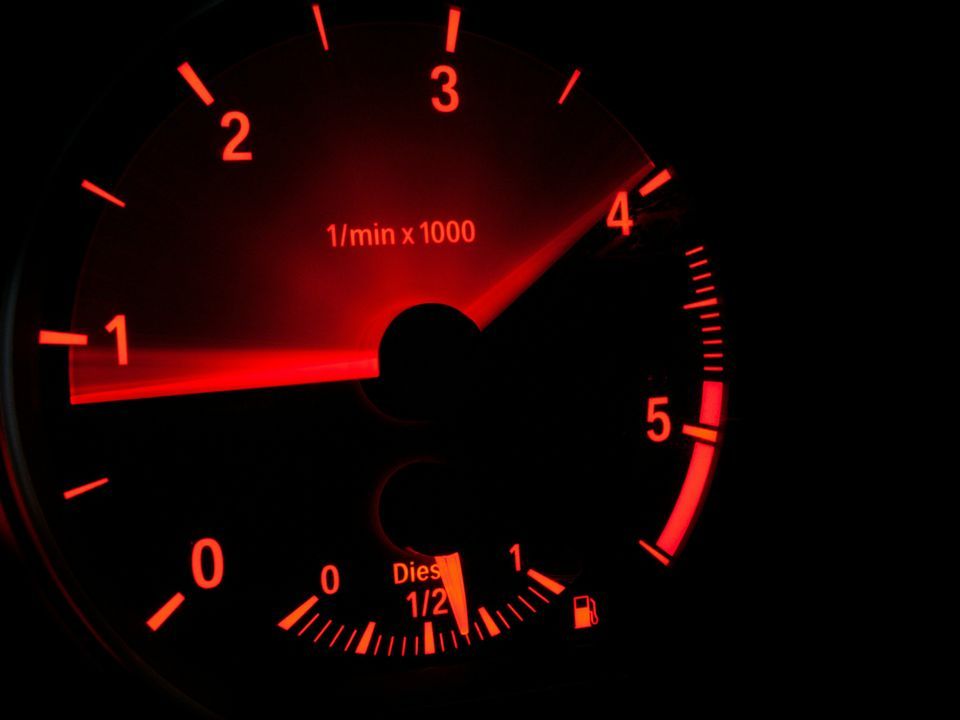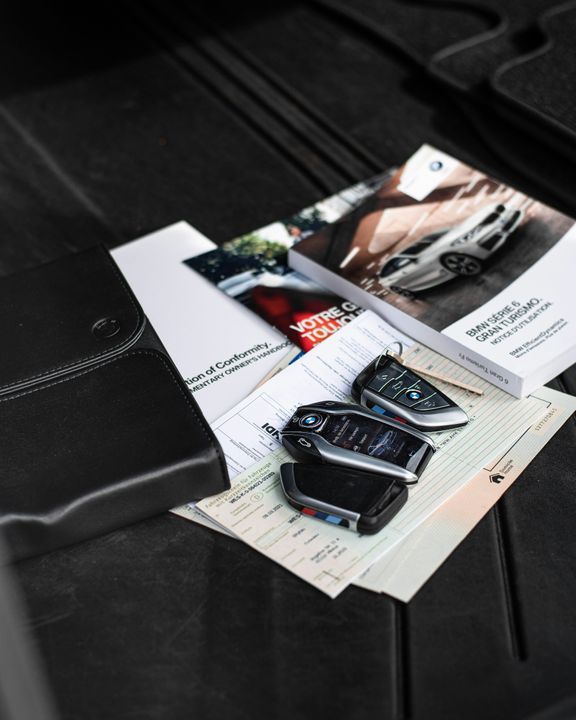VIN Swap Fraud: How to Protect Yourself When Buying Used Cars
In 2025 alone, VIN swap fraud has cost American consumers over $3.2 billion, according to the National Insurance Crime Bureau. This sophisticated form of automotive theft isn't just about stolen vehicles—it's a complex scheme that leaves victims financially devastated and legally entangled.
If you're shopping for a used car, understanding VIN fraud isn't optional—it's essential. This guide combines insights from law enforcement, legal experts, and technology specialists to help you navigate the increasingly dangerous waters of used car purchasing.
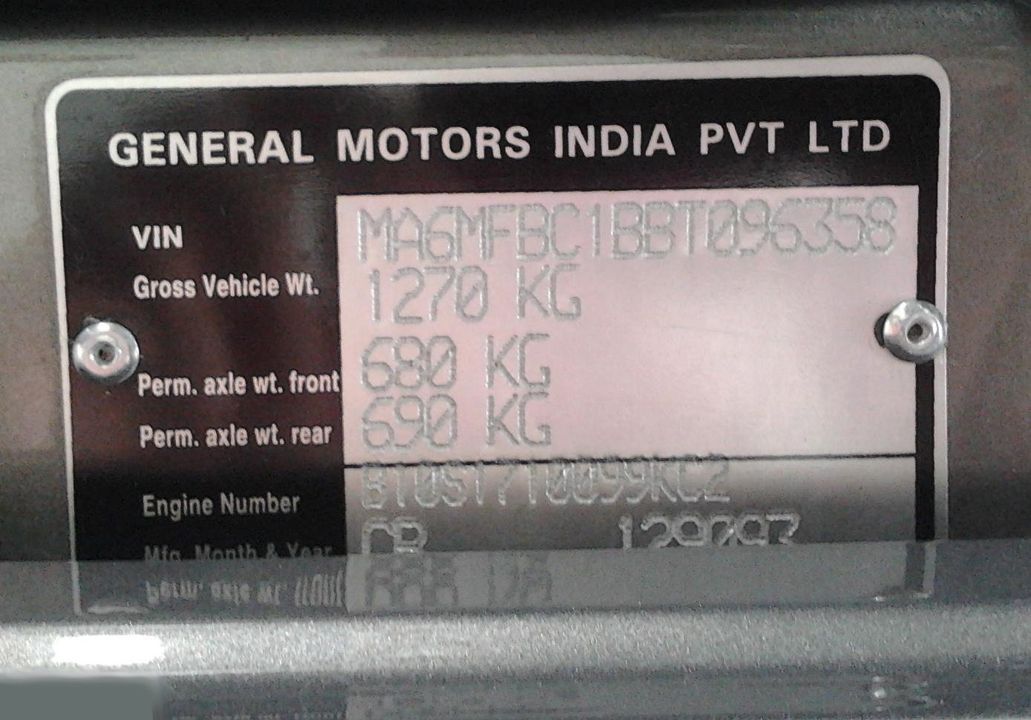
Understanding VIN Swap Fraud: Beyond the Basics
A Vehicle Identification Number (VIN) is more than just a random string of characters. This 17-digit code serves as your vehicle's DNA, encoding crucial information about its manufacture, origin, and specifications. When criminals tamper with these numbers, they're essentially giving stolen vehicles new identities.
The Anatomy of a VIN
Breaking down a VIN reveals why it's so valuable to fraudsters:
- Characters 1-3: World Manufacturer Identifier (WMI)
- Characters 4-8: Vehicle Descriptor Section (VDS)
- Character 9: Check digit for validation
- Character 10: Model year
- Character 11: Assembly plant
- Characters 12-17: Production sequence number
Understanding this structure helps you spot inconsistencies during inspection.
Evolution of VIN Fraud Techniques
Modern VIN fraudsters have evolved beyond simple plate swapping:
- Digital Manipulation: Altering electronic records in vehicle computers
- 3D Printing: Creating perfect replica VIN plates
- Database Hacking: Compromising DMV systems to create false histories
- Cross-Border Schemes: Using international loopholes to "wash" stolen vehicles
The $33,000 Nightmare: Real Victims Speak Out
John and Michele Tibbs' story represents thousands of similar cases. They purchased what appeared to be a 2021 Chevy Suburban through Facebook Marketplace, complete with a clean CARFAX report. Only when attempting to register the vehicle did they discover it was actually a stolen 2023 model with masterfully altered VIN plates.
"We did everything right," Michele explained. "We had it inspected, ran the reports, met the seller in person. But the sophistication of the fraud was beyond what any average buyer could detect."
Their case highlights a crucial point: traditional safeguards are no longer sufficient against modern VIN fraud techniques.
Advanced Detection Methods for 2025
Law enforcement and technology experts recommend these cutting-edge detection methods:
1. OBD2 Deep Scanning
Unlike basic code readers, advanced OBD2 scanners can access multiple Electronic Control Units (ECUs) throughout the vehicle:
VIN Verification Points: - Engine Control Module (ECM) - Transmission Control Module (TCM) - Body Control Module (BCM) - Airbag Control Module - Anti-lock Brake System (ABS)
Each module should report the same VIN. Discrepancies indicate potential fraud.
2. Blockchain Verification Services
New services like VINChain and AutoLedger use blockchain technology to create immutable vehicle histories. These platforms track:
- Ownership transfers
- Service records
- Insurance claims
- Accident reports
3. AI-Powered Image Analysis
Apps like VINspect use artificial intelligence to analyze VIN plate photos, detecting:
- Font inconsistencies
- Riveting patterns
- Metal wear patterns
- Placement anomalies
State-by-State Legal Protections
VIN fraud laws vary significantly by state. Here's what you need to know:
| State | Maximum Fine | Prison Term | Victim Recovery Fund |
|---|---|---|---|
| California | $15,000 | 3 years | Yes |
| Texas | $10,000 | 10 years | Limited |
| Florida | $5,000 | 5 years | Yes |
| New York | $5,000 | 7 years | No |
Recovery Options for Victims
If you've fallen victim to VIN fraud, immediate action is crucial:
1. Legal Pathways
- Criminal Prosecution: File reports with local police and FBI
- Civil Litigation: Sue sellers under fraud statutes
- Insurance Claims: Some policies cover fraud losses
- State Victim Funds: Apply where available
2. Documentation Requirements
Maintain comprehensive records including:
- All purchase documents
- Communication with sellers
- Inspection reports
- Law enforcement case numbers
- Insurance correspondence
Preventive Technology Solutions
The automotive industry is developing new anti-fraud technologies:
Digital VIN Certificates
Manufacturers are exploring NFT-based certificates that link physical VINs to blockchain records, making duplication virtually impossible.
Biometric Vehicle Access
Future vehicles may require biometric verification for ownership transfers, creating an additional security layer beyond VIN authentication.
Real-Time DMV Integration
Apps providing instant DMV database verification are being piloted in several states, allowing buyers to verify titles during transactions.
International Perspectives on VIN Fraud
VIN fraud isn't limited to the United States. International approaches offer valuable insights:
- European Union: Mandatory EU-wide vehicle registration database
- Japan: QR code integration with traditional VINs
- Australia: National Exchange of Vehicle and Driver Information System (NEVDIS)
- Canada: Provincial coordination through Canadian Police Information Centre (CPIC)
Expert Insights on Market Trends
Attorney Mike Simkas, who specializes in automotive fraud cases, notes: "The sophistication of VIN fraud has increased exponentially. What used to be crude number grinding has evolved into professional operations using advanced technology."
Danny Karon, law professor and consumer advocate, adds: "Social media marketplaces have created perfect conditions for fraudsters. The combination of anonymity, cash transactions, and limited accountability makes platforms like Facebook Marketplace particularly dangerous."
The Complete Protection Protocol
Based on law enforcement recommendations and expert analysis, follow this comprehensive protocol:
Before Meeting the Seller
- Run multiple history reports (CARFAX, AutoCheck, NMVTIS)
- Verify seller identity through reverse phone/address lookup
- Research market prices for potential red flags
- Schedule professional pre-purchase inspection
During Vehicle Inspection
- Check all VIN locations (dashboard, door jamb, engine, trunk)
- Use OBD2 scanner to verify electronic VINs
- Examine VIN plates for tampering signs
- Document everything with photos/videos
- Verify title matches seller's ID
Transaction Best Practices
- Meet at police station or DMV if possible
- Use secure payment methods (avoid cash)
- Complete bill of sale with witness signatures
- Immediately register vehicle after purchase
- Maintain all documentation permanently
Future of VIN Security
The automotive industry is investing heavily in next-generation security measures:
- Quantum-resistant encryption for digital VINs
- DNA marking technology for vehicle components
- Satellite tracking integration with VIN systems
- AI-powered fraud detection at point of sale
Community Insights on VIN Swap Detection Challenges
A heated debate has emerged in consumer protection forums about the complex nature of modern VIN fraud cases. The discussion reveals how even careful buyers and sellers can become unwitting participants in elaborate vehicle fraud schemes, highlighting gaps in current detection systems.
Several community members have raised skepticism about the authenticity of some reported VIN swap cases, suggesting that elaborate stories involving multiple ownership transfers might actually be sophisticated scam attempts. One experienced contributor shared their own encounter with what they described as a "flip scam," where buyers create false narratives about vehicle problems to extract money from previous owners. This perspective underscores the difficulty in distinguishing genuine VIN fraud cases from opportunistic scams targeting sellers.
Technical discussions reveal interesting insights about Electronic Control Unit (ECU) verification procedures. Community members debate whether standard DMV inspections include ECU VIN checks, with some suggesting that detecting ECU-based VIN discrepancies requires more specialized knowledge than typical roadside inspections provide. This raises questions about the thoroughness of official vehicle inspections and whether current protocols adequately address the sophistication of modern VIN swapping techniques.
A recurring theme in these discussions is the importance of documentation in protecting oneself from liability. Experienced sellers emphasize maintaining comprehensive records of all transactions, including electronic bills of sale, DMV notifications, and release of liability forms. However, confusion persists about jurisdictional differences in requirements, particularly when vehicles cross state lines, as evidenced by debates about California versus Nevada registration procedures.
The community's collective experience suggests that VIN fraud detection remains an evolving challenge, with traditional safeguards potentially inadequate against increasingly sophisticated schemes. While some members advocate for enhanced technical verification methods, others emphasize the need for better consumer education and clearer legal protections across state boundaries. These diverse perspectives highlight the multifaceted nature of the problem and the need for comprehensive solutions that address both technical and regulatory aspects of vehicle fraud prevention.
Key Takeaways
- VIN fraud costs Americans over $3.2 billion annually and continues to grow in sophistication
- Traditional safeguards like CARFAX reports are no longer sufficient—multiple verification methods are essential
- Use advanced tools like OBD2 scanners, blockchain verification, and AI-powered analysis for comprehensive protection
- Recovery options exist but require immediate action and thorough documentation
- Future solutions including digital certificates and biometric verification will revolutionize vehicle security
Conclusion
VIN swap fraud represents one of the most sophisticated forms of automotive crime in 2025. As fraudsters adopt new technologies, buyers must evolve their protection strategies accordingly. The stories of victims like the Tibbs family serve as powerful reminders that even careful buyers can fall prey to these schemes.
The key to protection lies in understanding that VIN fraud is no longer just about swapped plates—it's about manipulated databases, altered electronics, and international crime rings. By combining traditional inspection methods with cutting-edge technology solutions, buyers can significantly reduce their risk.
Remember: if a deal seems too good to be true, it probably is. Take the time to verify, document, and protect yourself. The few extra hours spent on due diligence could save you from joining the growing ranks of VIN fraud victims.
Stay informed, stay vigilant, and don't let your dream car become a financial nightmare.
